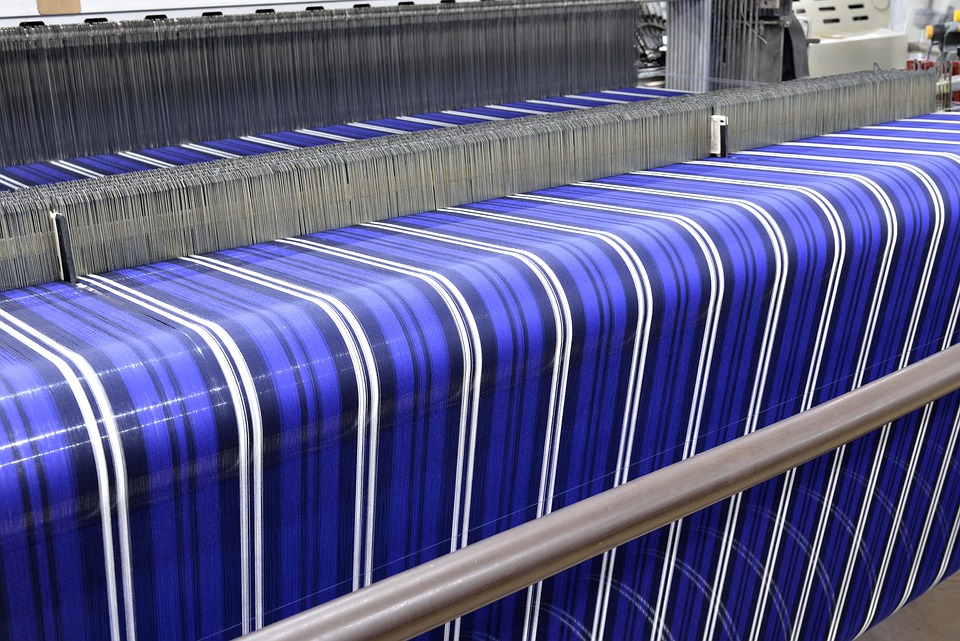The Polyester Paradox: Balancing Style and Sustainability
In our ever-evolving world, the fashion industry is facing a major challenge – how to balance style and sustainability. With increasing awareness about the environmental impact of fast fashion, consumers are becoming more conscious of their choices and demanding eco-friendly alternatives. One material that has come under scrutiny in recent years is polyester – a synthetic fabric widely used in the fashion industry.
Polyester was once hailed as a savior for its durability, affordability, and versatility. It quickly became a popular choice for clothing manufacturers due to its ability to mimic natural fabrics like cotton and silk. However, its rise in popularity has also led to an alarming increase in its production and subsequent environmental concerns.
The production of polyester fibers involves a significant amount of energy consumption, releasing greenhouse gases into the atmosphere and contributing to global warming. Furthermore, polyester is derived from non-renewable fossil fuels, such as petroleum, which depletes natural resources and contributes to air and water pollution during the extraction process.
Another issue associated with polyester is its slow biodegradability. Unlike natural materials which can decompose over time, polyester takes hundreds of years to break down in landfills, adding to the already staggering amount of textile waste that ends up in our environment.
However, despite these drawbacks, polyester also offers some sustainability benefits. Its durability and resilience make it a long-lasting fabric, meaning garments made from polyester can withstand frequent use and washing without losing their shape or color. This longevity reduces the need for constant replacement, ultimately reducing overall waste.
Polyester also has significant potential for recycling. Through mechanical or chemical processes, polyester can be broken down and turned into new fibers, reducing the demand for virgin materials and lessening the environmental impact. Some innovative brands have already embraced this concept, turning old polyester products into new garments, effectively closing the loop on textile waste.
To truly balance style and sustainability, it is essential for fashion brands to prioritize a holistic approach. This means considering the entire lifecycle of a garment, from the sourcing of materials to the disposal or recycling of the product. Brands need to invest in research and innovation to find alternative materials that are both sustainable and stylish, without compromising on quality or comfort.
The use of more sustainable polyester alternatives, such as recycled polyester or bio-based synthetics, can be a step in the right direction. Recycled polyester reduces the need for virgin resources, while bio-based polyesters derive from renewable plant sources, like corn or sugarcane, reducing dependence on fossil fuels.
In addition to material choices, transparency and ethical practices in the production process are crucial. Brands need to ensure fair labor practices, responsible manufacturing, and reducing greenhouse gas emissions throughout the supply chain.
As consumers, we also play a vital role in demanding sustainable choices from the fashion industry. By supporting brands that prioritize sustainability, we can encourage the adoption of more eco-conscious practices and help drive positive change.
In conclusion, the polyester paradox raises important questions about our consumption habits and the fashion industry’s responsibility towards the environment. While polyester has its drawbacks, it also presents opportunities for sustainable improvements. By embracing innovation, transparency, and a commitment to circular fashion, we can find the balance between style and sustainability, creating a fashion industry that respects both the planet and our desire for stylish clothing.

